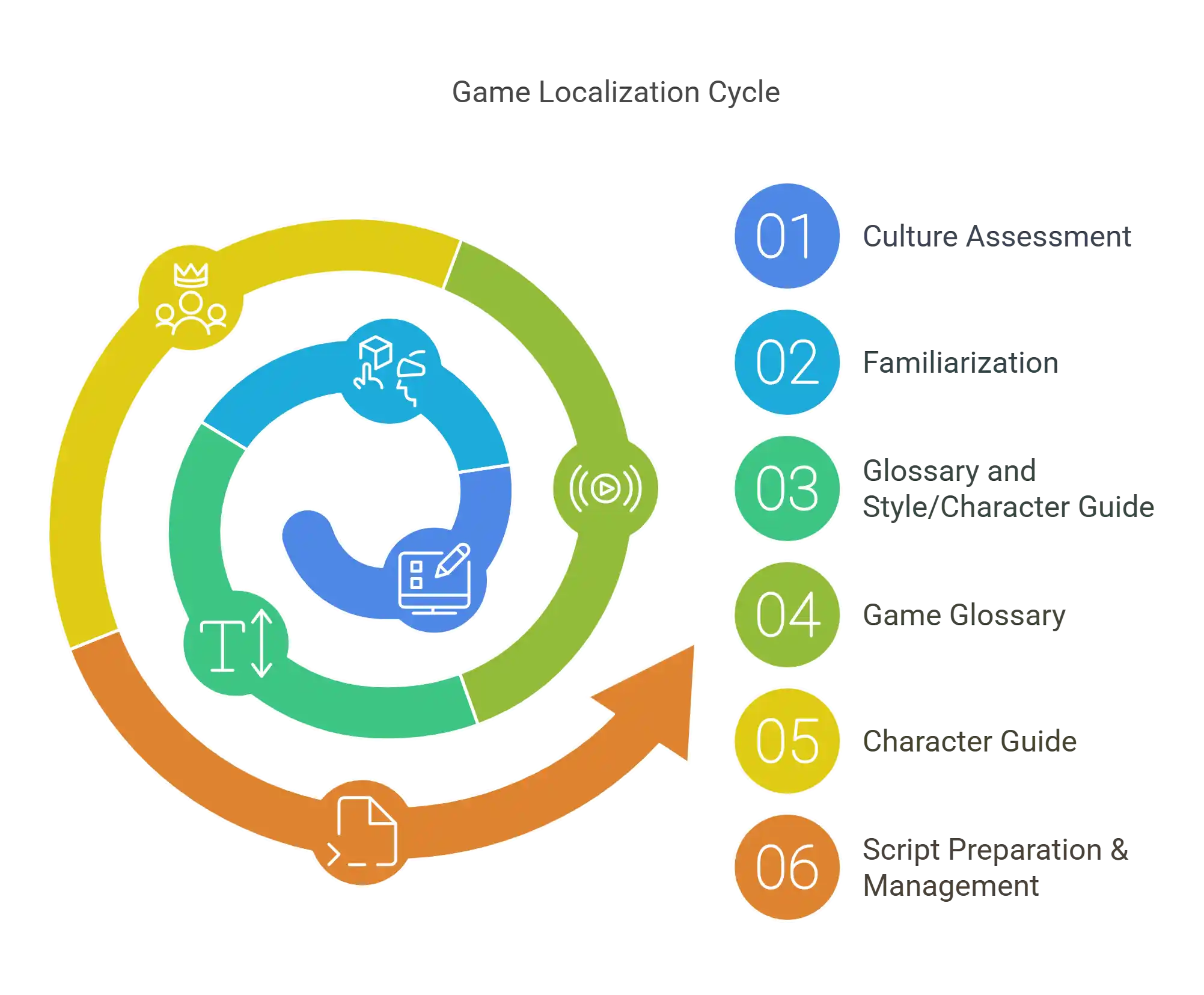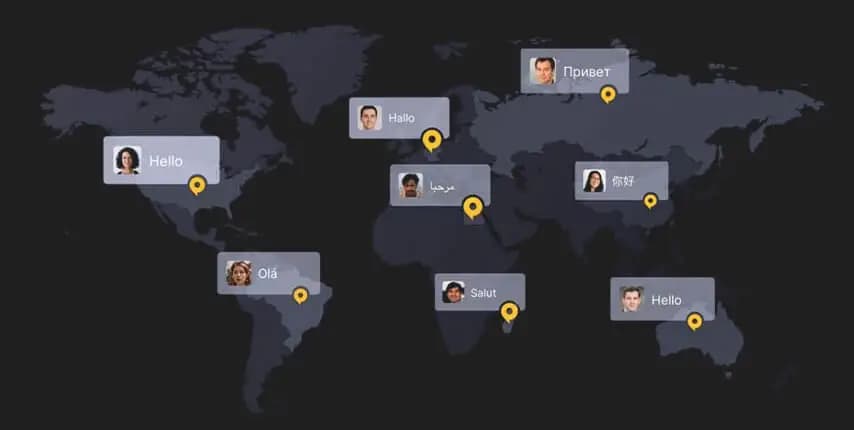Video Games Localization Services
Video games localization services, where we can help you customize the gaming experience for your players worldwide, giving you a competitive edge in today’s global gaming market.
Since 2000, Saudisoft has been helping multiple international game publishers localize their games. We have helped our customers make sure that their video games not only suit the targeted region, but most importantly match the same level of quality and market acceptance of the original production.
Most games are created and developed to suit the Western world/culture. Our video game localisation scope differs depending on the game and is based on the target audience, age rating, genre …etc.











 iZotope
iZotope Cinema 4D with Octane Render
Cinema 4D with Octane Render Maya 3D
Maya 3D
